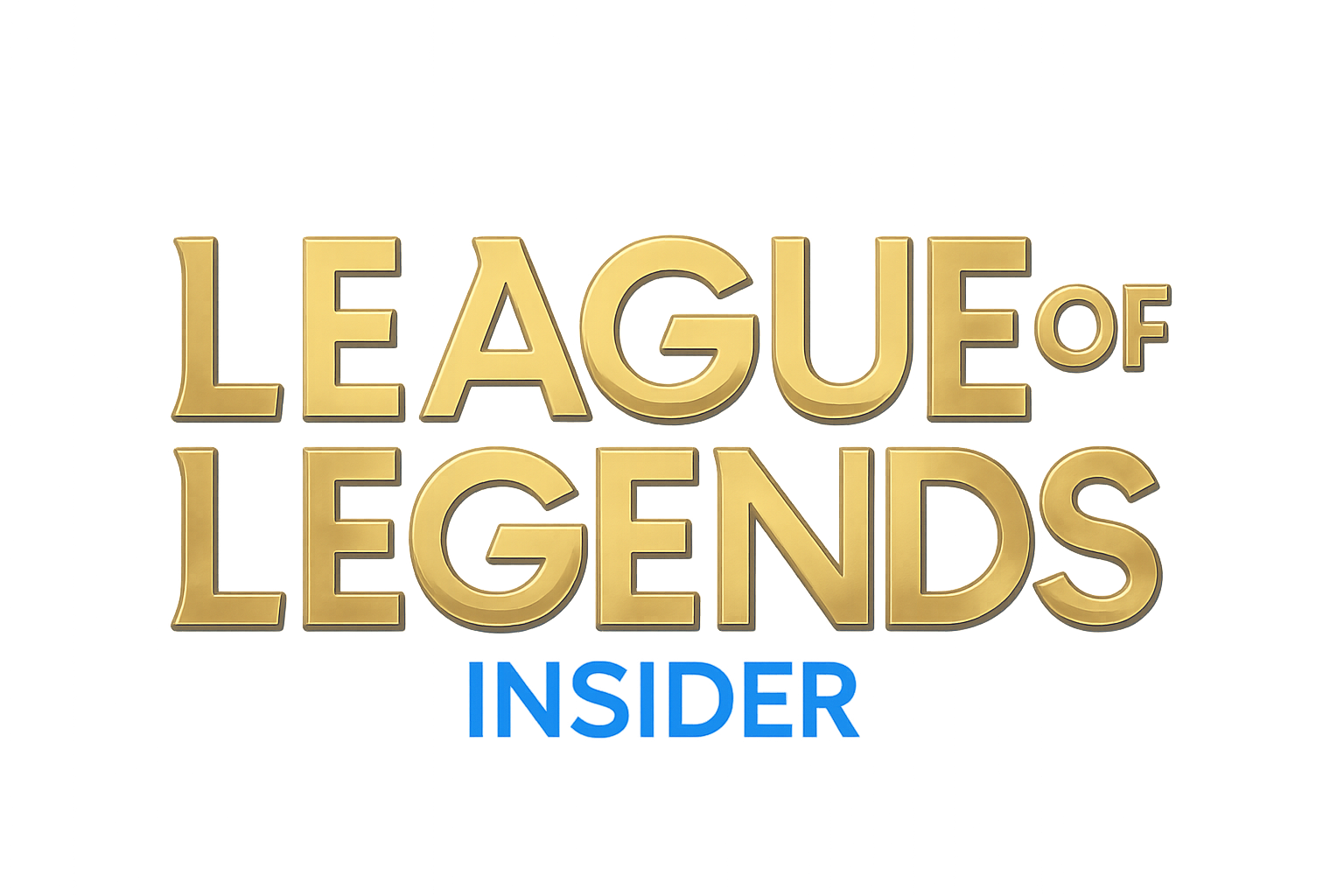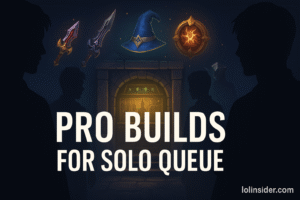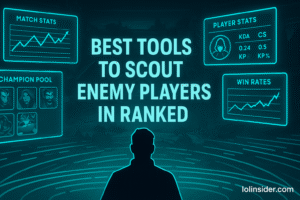In League of Legends, mechanical skill and champion knowledge are important, but effective communication is what separates good teams from great ones. Whether you’re in solo queue or playing with friends, the way you deliver and interpret information can decide the outcome of the game.
This guide will teach you how to communicate effectively with your team using pings, chat, and non-verbal cues, while avoiding toxic habits that harm synergy. Mastering this skill is the secret to climbing and enjoying smoother games.
Chapter 1: The Foundations of Good Communication
- Clarity: Short, simple, and precise messages are better than long explanations.
- Timeliness: Deliver information when it matters, not after the fact.
- Positivity: Encouraging communication keeps teammates focused.
- Consistency: Build habits so your team always knows what to expect.
Chapter 2: Using Pings Like a Pro
Pings are the fastest way to share information in LoL. There are five main ping types:
- On My Way (Blue): Show intent to move or gank.
- Danger (Red): Warn allies of threats.
- Assist Me (Green): Request help at objectives or lanes.
- Enemy Missing (Yellow): Alert teammates of roaming enemies.
- Retreat (Purple): Signal disengagement.
Pro Tip: Avoid spam-pinging—one or two pings are enough to get the message across.
Chapter 3: Smart Use of Chat
While LoL’s chat often gets a bad reputation, when used properly it can help coordinate.
- Objective Timers: “Drag 1:30,” “Baron 20s.”
- Cooldowns: “Flash down Jinx 18:00.”
- Game Plans: “Play for top side,” “Group mid after dragon.”
Golden Rule: Never flame or argue. If communication turns toxic, mute and refocus.
Chapter 4: Role-Specific Communication
Top Lane
- Ping enemy teleport cooldowns.
- Warn when your lane opponent roams mid.
Jungle
- Call timers for objectives and summoner spells.
- Ping when you are pathing towards a gank.
Mid Lane
- Communicate enemy roams instantly.
- Ask for jungle support when pushing deep.
ADC
- Signal when your support or enemy ADC uses summoners.
- Ping wave states (freeze, push, reset).
Support
- Shot-call objectives.
- Place and ping vision around Baron/Dragon.
Chapter 5: Body Language and Map Movements
Sometimes the best communication is movement:
- Moving together towards Baron signals intent.
- Hovering mid-lane after pushing sides shows grouping.
- Standing near a control ward indicates setting vision.
Your positioning often says more than words.
Chapter 6: Avoiding Toxic Communication
- Don’t Spam: Too many pings frustrate teammates.
- Don’t Flame: Negative words tilt morale.
- Don’t Over-command: Suggest, don’t dictate.
Instead of saying “You’re trolling”, reframe as “Let’s group mid.”
Chapter 7: Communication in Competitive Play
In pro play, teams assign shot-callers and use clear, structured communication. While you won’t have voice comms in solo queue, you can still:
- Designate who’s tracking timers.
- Decide who leads fights.
- Follow one call even if it’s not perfect—unity beats chaos.
Chapter 8: Building Communication Habits
- Always type or ping objective timers.
- Remind teammates of power spikes (“We scale, don’t fight yet”).
- After every death, share useful info: “Flash down,” “Ward in river bush.”
Over time, these habits make you reliable and respected as a teammate.
FAQs
Q1: Should I type or ping more?
Ping first—faster and universal. Use chat for details.
Q2: How do I stop my team from arguing?
Mute toxic players early, focus on your own communication.
Q3: Is communication really that important in low elo?
Yes. Clear pings and timers can single-handedly win games.
Q4: What if my team ignores me?
Don’t over-communicate—just keep giving concise, useful info.
Conclusion
Learning how to communicate effectively with your team is a win condition as important as farming, warding, or hitting skillshots. By mastering pings, concise chat, positive reinforcement, and non-verbal cues, you’ll drastically increase your impact on every match.
Remember: League of Legends is a team game. Communicate clearly, avoid negativity, and you’ll not only climb but also make the Rift a better place.







